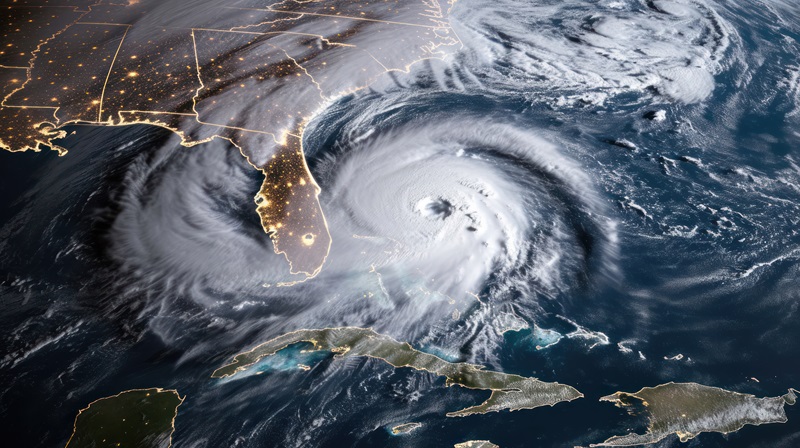The Federal Emergency Management Agency (FEMA) is heading into the peak of hurricane season with fewer workers and leaders than in past years, according to a new report from the Government Accountability Office (GAO). The watchdog warned that ongoing staffing shortages could undermine FEMA’s ability to respond if the U.S. faces another series of major storms like those in 2024.
The National Oceanic and Atmospheric Administration has forecast “above-normal” hurricane activity through Nov. 30, yet FEMA’s active workforce dropped by 9.5% between January and June 2025, from about 25,800 to 23,350 employees. An estimated 1,465 of the 2,450 departures came from a voluntary separation program.
FEMA Workforce Shrinks Amid Rising Hurricane Risks
Leadership losses have been especially sharp. FEMA reported that 24 members of its Senior Executive Service left between late January and June, compared with an average of 13 annually over the past three years. Most departures were tied to the separation program. The SES cadre was only at 50% capacity at the benchmark of mid-June. GAO noted that many who left were among the agency’s most-seasoned disaster managers, with some overseeing more than 100 declarations and billions in recovery funds.
Field staff availability has also fallen. FEMA entered the 2024 hurricane season with just 17% of its incident management workforce deployable, a four-year low at the time. In 2025, that share slipped further to only 12%. Officials acknowledged that when new disasters strike, workers are often pulled from ongoing recovery efforts.
Leadership Gaps and Policy Debates Cloud Agency’s Future
Staffing gaps have also forced FEMA to send employees with little or no training into critical survivor-facing roles. In December 2024, a backlog of 500,000 assistance applications underscored how strained the system had become. FEMA says it is now reinforcing a policy requiring nearly all workers to be trained for incident management or support roles.
At the same time, the agency’s future remains under debate. President Donald Trump and members of his administration have pushed for states to take on more responsibility for disaster response. Meanwhile, Congress is weighing bipartisan legislation to elevate FEMA to a cabinet-level agency and streamline federal roles.
For now, GAO cautioned, “no concrete changes to disaster response roles have yet been made,” leaving FEMA to spread fewer staff across the same, or greater, number of disasters.








